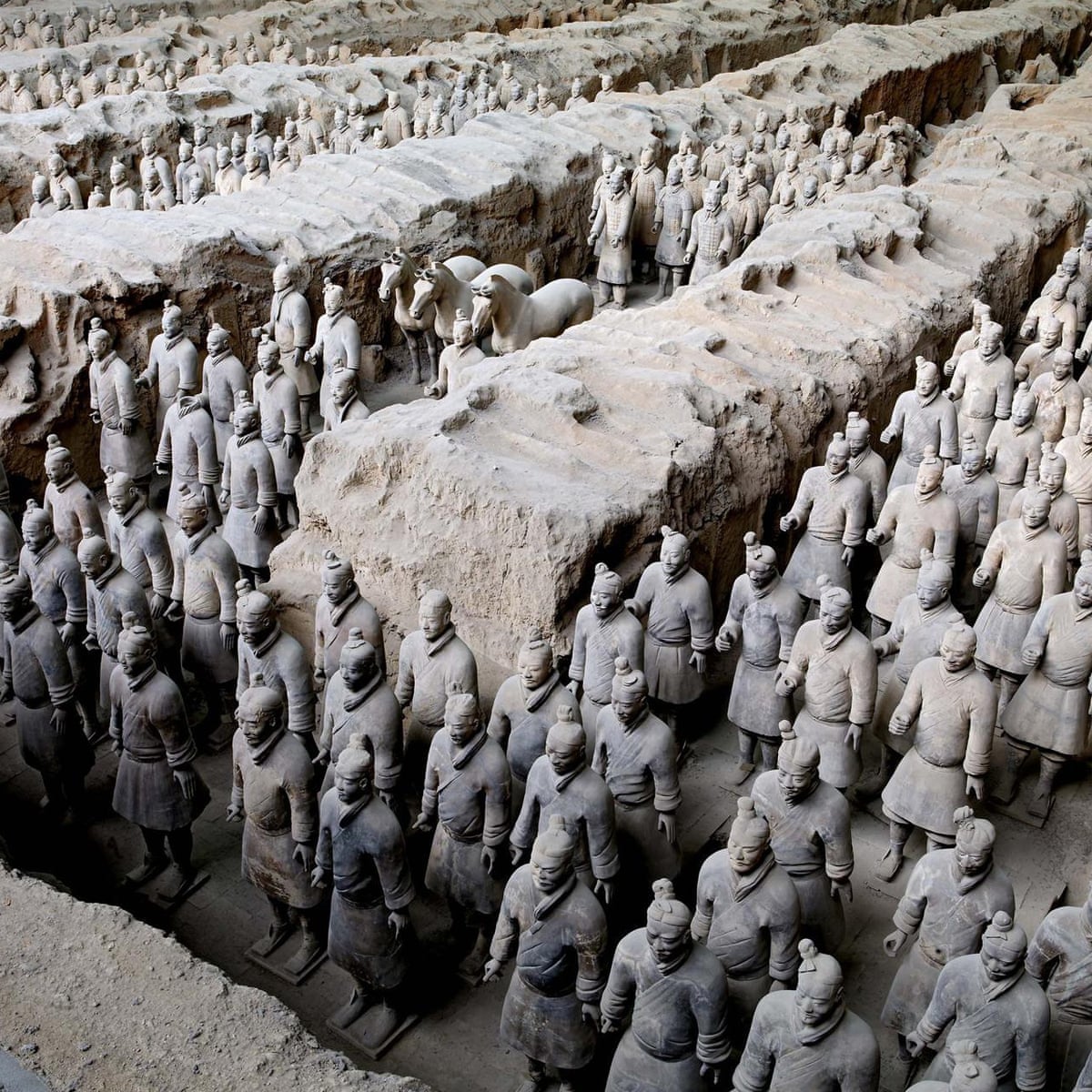The Silk Road and Chapter 16 Compare & Contrast
 |
| The Silk Road Miniseries BBC Four |
When it comes to the concept of where materials come from, it all starts from a source in the video itself. Alongside the film, where we follow Sam Willis and his journey to follow the Silk Road from China to the West. Along with the text coming from Bresnan, specifically in chapter 16 and how it's involved with the early Buddhism in China. For starters, what I learned from the video that is different from reading the chapter is that it mostly discusses how China has inventors of paper and where the Silk comes from, talking about the god and goddess of the material and the beginning process of where the Silk comes from. In the video, it mentions how he mentioned, "Muslims community here since the 8th century is entire due to the Silk Road, to the lines of trades and communications, it established. The Muslims who came here weren't tourists or captives, they were traders. (Silk, 8:30-8:43). Since it's never mentioned in the chapter where the silk road started in China, and how the community grew from the beginning when moving to the continent. Chapter 16, it mentioned how "The Silk Road was an extremely long caravan route that connected China with other parts of the Eurasian continent. Much more than silk was traded; everything imaginable made its way back and forth between east and west..." (Bresnan 377). Since its starts out how the chapter is going and would give out the same topic about the Silk Road. Overall, compared to the video and chapter 16, the video mentioned a group of people coming into the country as a trading group in the 8th century.
Continuing on with how the two sources treated the topic differently from one another is how, the text, mostly discusses the religious aspect of Buddhism and the video would talk about the journey of the road itself. For instance, in the film, Willis would mention, "The Chinese prefer to believe that the discovery was made by a goddess in about 2000 BC...The Silk Mother wasn't always a goddess. Over 4000 years ago she was merely human, an employer's wife..." (Silk, 20:36-21:37). From what's being said, the Chinese believed that the item of silk comes from a goddess that was once human and would be worshipped over the past decades with a respect to the material itself. Based on it, it was never mentioned in the chapter, how it mentioned the other Buddhas, "Philosophically-minded Buddhists in all ages have interpreted this matter
of Pure Lands in a metaphorical way. The different Pure Lands represent the
various aspects of enlightenment. This approach has been popular in Buddhist art, particularly in the use of mandalas to represent the totality of the
Dharma." (Bresnan, 386). The meaning behind it and how it's different from the video is how it mentions the Pure-land, and how it's being presented as an Enlightenment in Chinese history and takes on ideas such as art and, maybe, silk.
 |
| Terracotta Army 210-209 BC |
Finally, what I find surprising while watching the video is the mention of how they used ponies in the battle. Since it mentioned, "In the Qian emperor's day, all China has been little ponies, almost too cute for combat. And that remains true for decades the emperor's death." (Silk, 17:28-17:40). Based on the sizes of the army to the horses, they would assume that they used ponies in the battle instead of horses since that is what China has done during those decades. It's surprising to me since I thought in movies and Chinese dramas they would use horses in the battle sequence and, also, how they would be traded for silk as well. For the chapter itself, " (Bresnan, 391). Based on the text, Buddhism in China became a success story and how it's being used all over the country, then soon spread to different regions in Asia. Overall, that's what is being said about the film and the chapter itself from the comparison and contrast of the idea.
Work Cited
Bresnan, Patrick. “Early Buddhism in China.” Awakening: An Introduction to the History of Eastern Thought, Routledge, New York, 2022, pp. 377–394.
Niel, Tim, director. The Silk Road: Where East Met West: Episode 1. BBC Four, 2020, https://www.bbc.co.uk/programmes/p03qb1gq. Accessed 3 May 2022.

Comments
Post a Comment